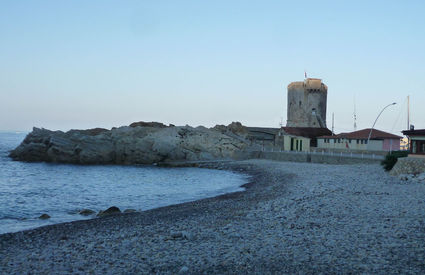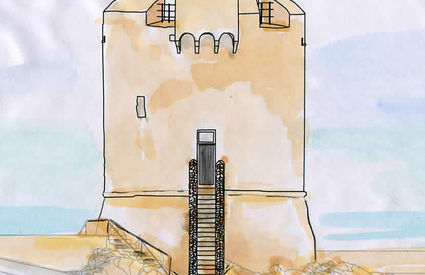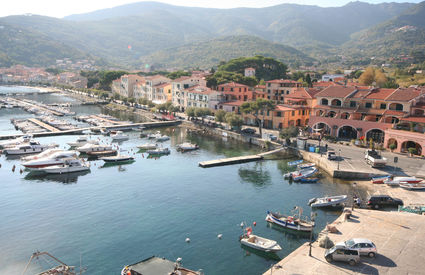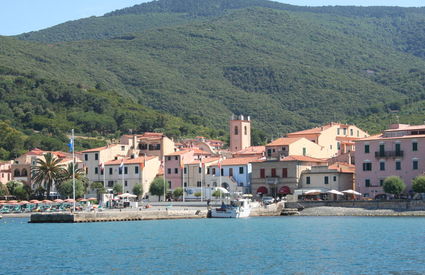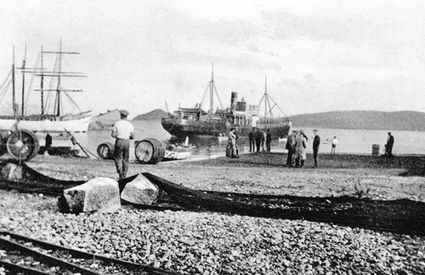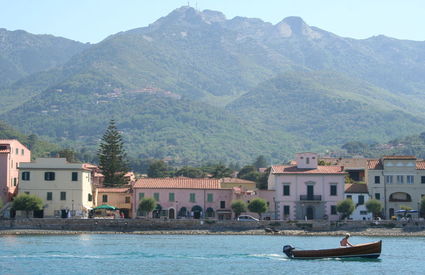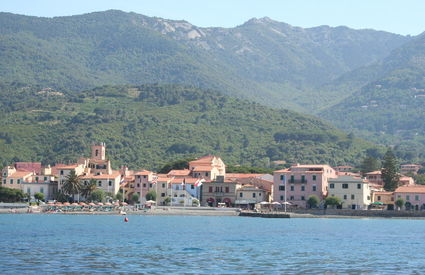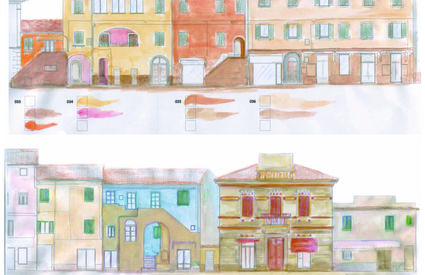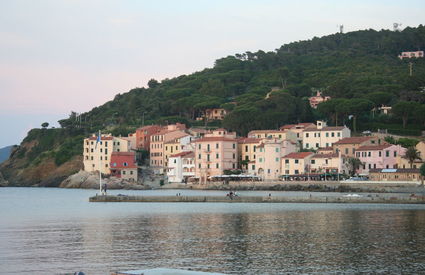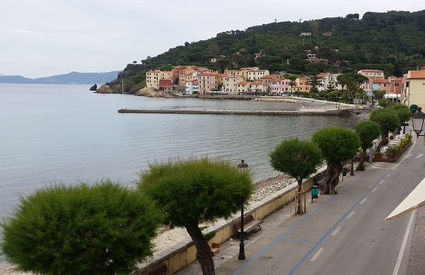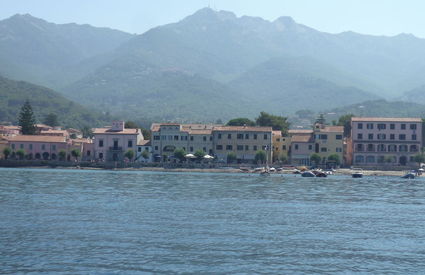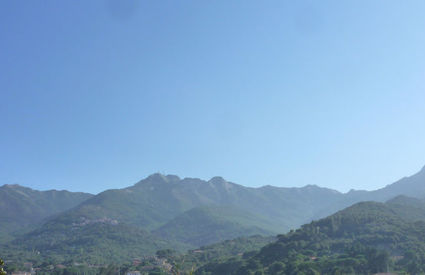Marciana Marina
The beauty of the seafront… from tower to tower
Discovering Elba’s “Little Marseille” through the eyes of an architect ~ Prof. Giuseppe Centauro
The beauty of the seafront… from tower to tower
Discovering Elba’s “Little Marseille” through the eyes of an architect ~ Prof. Giuseppe Centauro
A monument on the sea
In Marciana Marina, history can be found all along the 750 meters of seafront, starting from the Torre degli Appiani (dating from the first half of the 16th century), an authentic symbol that has marked the seaside landscape for over five centuries. The rocky reef on which the tower sits once rose almost isolated in the sea, attached by a thin, sandy strip, forming an isthmus, a sort of umbilical cord for the whole community. Today, that oxidized reef is a monument in and of itself that divides the Bandiera Blu-awarded Fenicia beach from Marciana Marina’s port.
A meeting place
From Piazza Bonanno, the coastline continues alongside viale Regina Margherita, the seafront’s main road, home even in Napoleon’s time to shipyards and workshops of ax-wielding builders who made the fortune of the local shipping scene. During his troubled stay in Elba, Napoleon stopped here to visit the Madonna del Monte Sanctuary, where he met with the beautiful Maria Walewska.
Good times passed restored with creativity and tastefulness
Marciana Marina came to be called Little Marseille for its characteristic features of a seaside community, quite active and industrious in its port and refined in its Neoclassical Empire style architecture that pops up along the seafront, like the beautiful Palazzo Fossi, embellished in 1865. The Napoleonic influence in this unique characterization of the urban space is undeniable, so much so that creativity and tastefulness constitute Marciana Marina’s distinctive landscape.
Local tradition and Borgo del Cotone
The distinctive views of the Scali Mazzini unfold beyond the shore; further afar is the cobblestoned Piazza Vittorio Emanuele, an “urban living room”, with the beautiful church dedicated to Saint Clare, the town’s patron saint. The high point of this stupendous scenery can be found in the seaside village of Cotone, where the first urban settlement was located, characterized by a surrounding that is at once multicoloured and rich in history: from tower to sea, concealed in a house, and inside the little natural port, whose name recalls the toponym Coth(ū), the ancient Etruscan dock.
From the seafront to the "silver corniche"
Not far from the houses on the port, along the old country lanes, there are timeless places with unspoiled charm to discover, like the unexpected rural landscape that can be glimpsed from via “del Toro” (from Turan, the Etruscan goddess of fertility). Lined with dry stone walls and hidden by the Chiuccolo hill, the road offers a view of the majestic, looming Capanne and Perone mountains, sacred for Elbans: the “silver corniche”.


